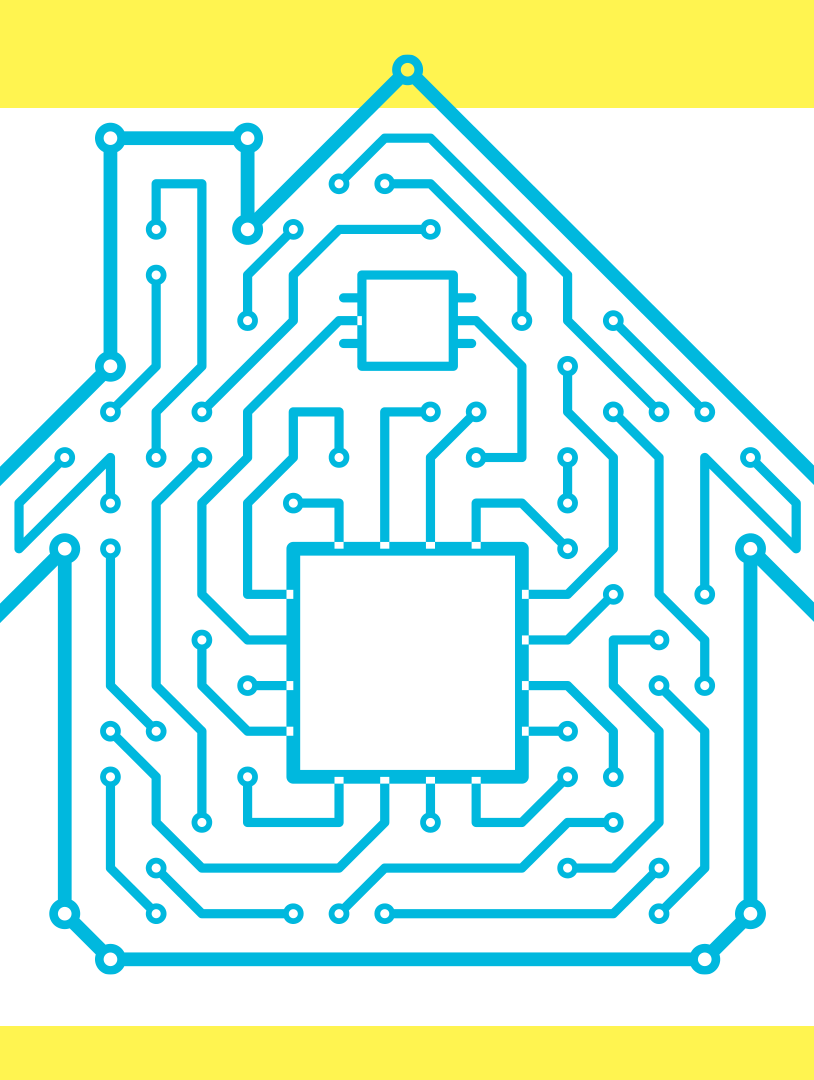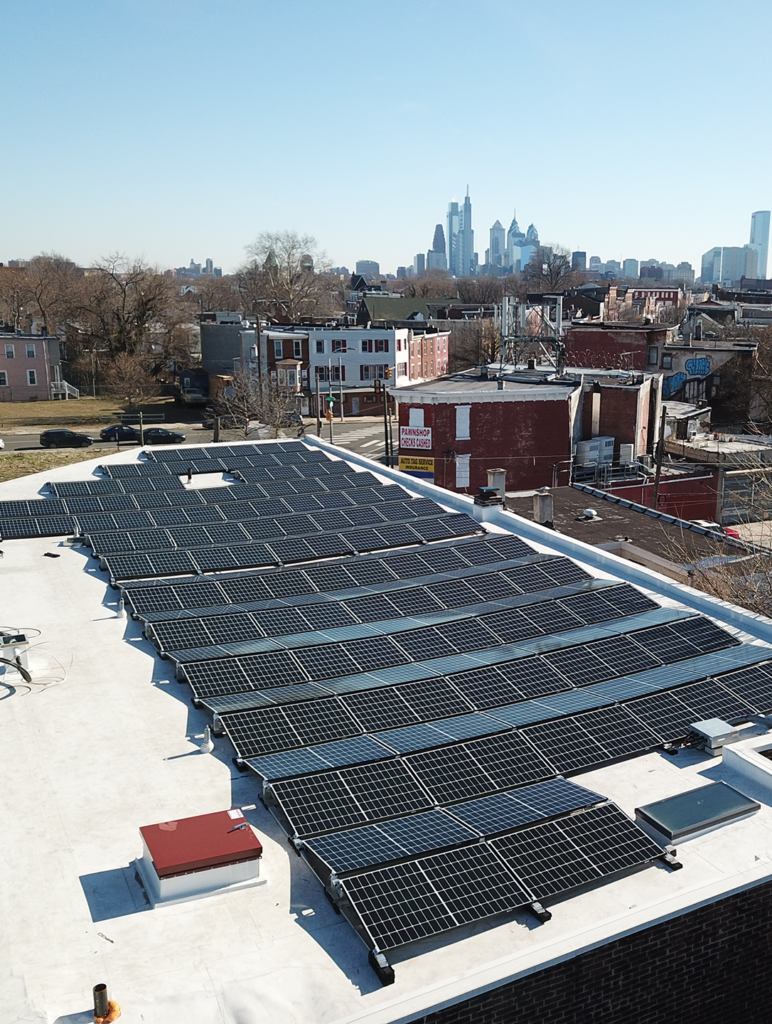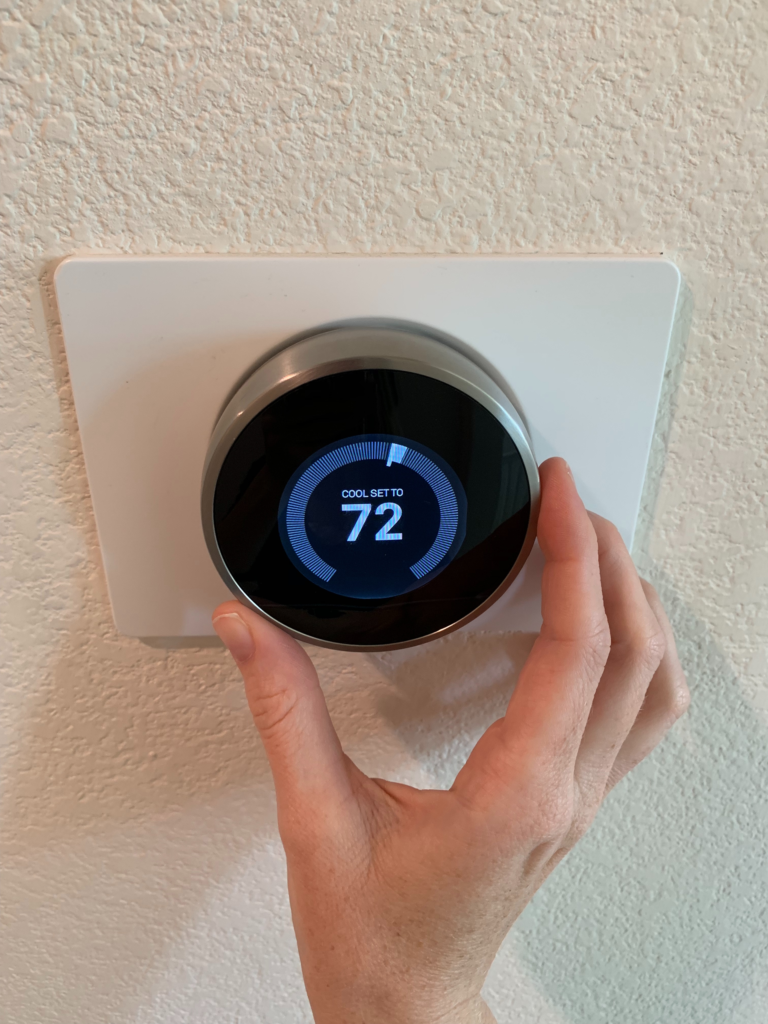Like a lot of Grid readers, I’m still adjusting to the reality of the 2024 presidential election. There is my conscious perception of reality, based on the facts of the world, and there is my gut-level sense of reality, colored by how I think the world should be. The two are out of whack.
Case in point: We have been planning this electrification guide for almost a year. It started with an idea Grid contributor Kyle Bagenstose floated in conversation that resonated with my own desire to understand the electrification incentives established by the Inflation Reduction Act of 2022 (IRA). This is partly selfish: I’ve got a short but expensive list of fossil-fueled appliances I’d like to replace. Every time I try to figure out how much I’d get back through tax incentives if I were to replace them, my head swims. I can’t be the only one. So we ran with the idea. Over the following months we talked in the office, looked at hand-drawn mock-ups of the pages, and emailed back and forth. The election took place, and we kept working on the issue. But somehow it was only as I read our interview with Rewiring America that reality truly hit me: Trump’s administration might mean an end to the electrification incentives we were explaining in this issue.
As we go to print, about a month before inauguration day, Trump promises to repeal the IRA. No one is certain whether the votes will be there to do it, but with Republican control of both houses of Congress, it certainly is possible. That places us in the tough position of publishing a guide that might be outdated almost upon arrival.
Obviously our editorial mess pales in comparison to the challenges facing the country and the planet. We’re leaving behind the Biden administration, whose response to global warming was mixed. The success of the IRA legislation was undermined by sky-high fossil fuel production, like stepping on the gas and the brakes at the same time. But now the Trump administration promises to throw the fight against global warming into reverse.
So what can we do about it? Well, for starters, we can replace our fossil fuel furnaces with electric heat pumps, swap our gas stoves for induction ranges and take all of the other steps covered in this issue as fast as we can afford to. Going electric made sense for the climate and for our local (and indoor) air quality before the IRA was passed, and it still does now — even if the savings might take longer to add up.
Journalists are correctly stereotyped as being a grumpy, cynical bunch, but the truth is we’re mostly optimists. We wouldn’t do what we do if we didn’t think it was possible to improve the world. Even if the IRA is overturned — and it may not be — this guide is still worth it, as is electrification. It’ll be another four years before we can make any changes at the White House, but we can start in our own houses right now.









